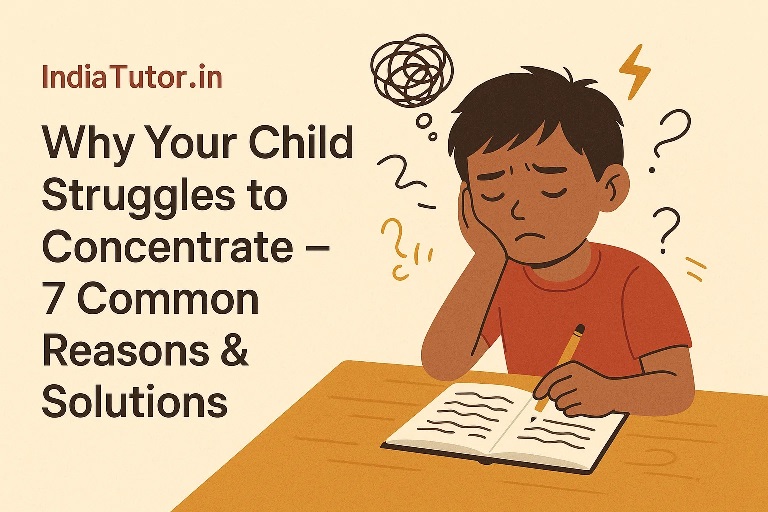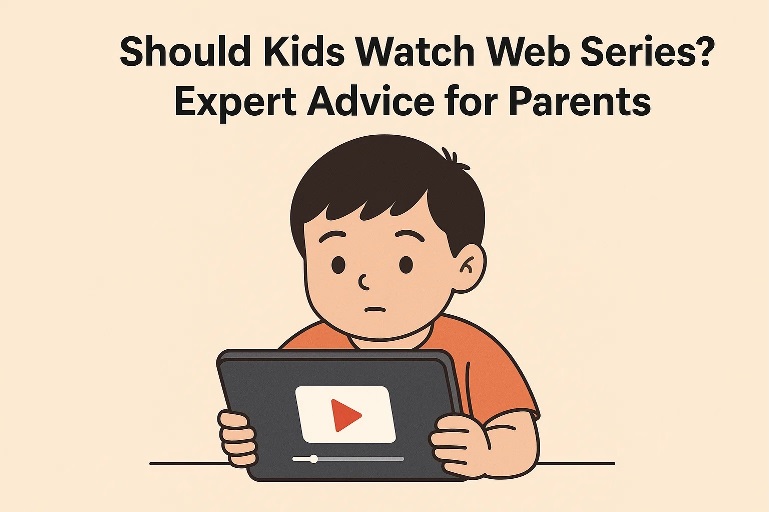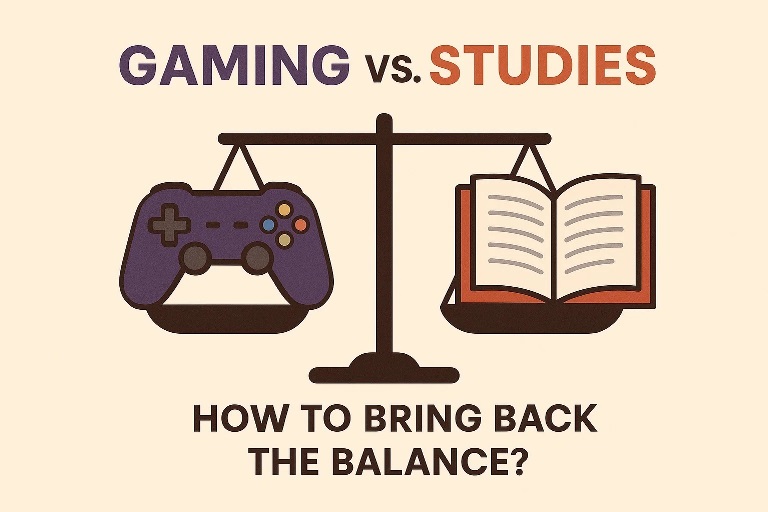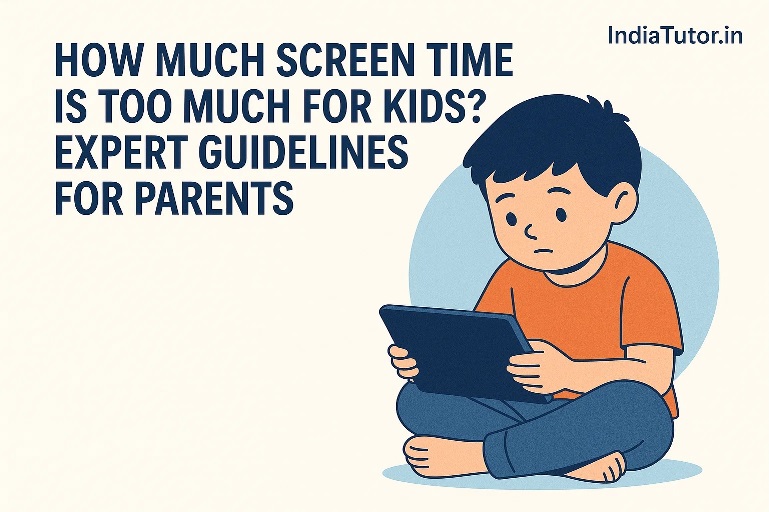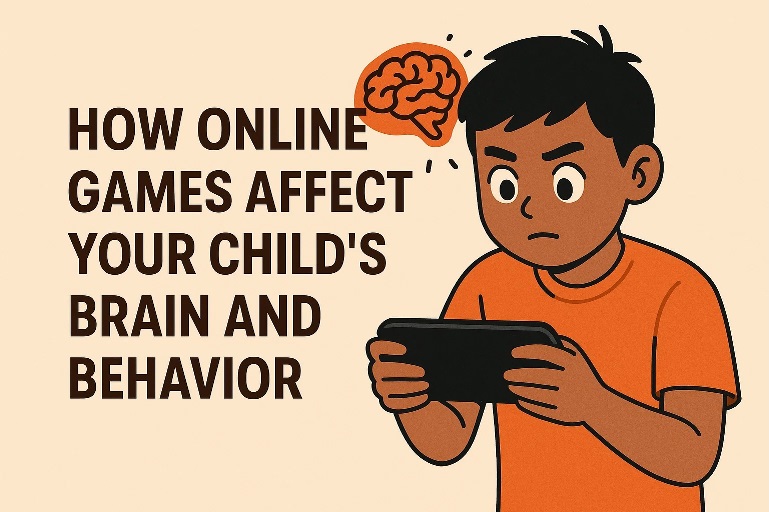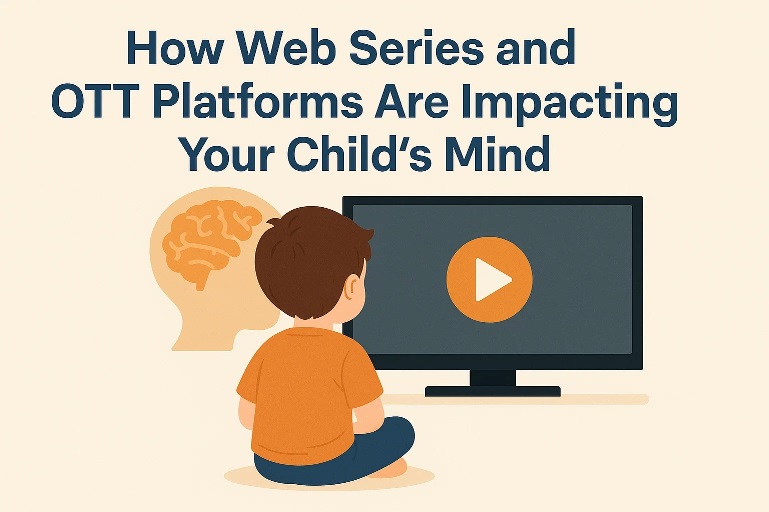As parents, one of the biggest challenges we face today is helping our children manage their time effectively. Between school hours, daily homework, extracurricular activities, and personal hobbies, children often feel overwhelmed. If not guided properly, this imbalance can lead to stress, poor academic performance, and even a lack of interest in learning.
Recent studies show that nearly 65% of school-going children in India report feeling stressed due to academic pressure, while only 23% feel they have enough time to pursue their hobbies or creative interests. Balancing academics with personal passions is not just about grades, but also about building life skills such as time management, self-discipline, and emotional resilience.
Why Balance Matters
Children who manage to balance studies with hobbies are more likely to:
-
Perform better academically, as hobbies help refresh their mind and improve focus.
-
Develop creativity and problem-solving skills.
-
Build confidence through achievements outside academics.
-
Stay healthier, both mentally and physically, due to reduced stress.
A Harvard study on child development highlights that structured extracurricular activities like music, sports, or art not only boost self-esteem but also improve attention span, which in turn benefits academic performance.
Practical Tips for Parents
-
Create a Realistic Schedule
Help your child prepare a daily routine that includes school, study hours, hobbies, and downtime. Avoid cramming too many activities into one day. A balanced schedule gives children clarity on what to expect and when. -
Prioritize Homework and Breaks
Homework should be completed in smaller, focused sessions rather than long, tiring hours. For example, a 30-minute focused session followed by a 10-minute break is more effective than sitting for two hours straight. Research has shown that short breaks improve memory retention and concentration. -
Encourage Hobbies as Stress-Relievers
Whether it’s painting, playing cricket, learning music, or simply reading storybooks, hobbies act as healthy outlets for children. According to the American Psychological Association, children engaged in creative hobbies experience 25% lower stress levels compared to those with no extracurricular involvement. -
Limit Screen Time
Too much screen time eats into both study and hobby hours. The Indian Academy of Pediatrics recommends no more than 1–2 hours of recreational screen use per day for school-going children. Encourage offline hobbies and outdoor activities instead. -
Lead by Example
Children often model their behavior after their parents. If they see you managing work, family, and personal interests in a balanced way, they are more likely to follow the same approach. -
Communicate and Listen
Ask your child how they feel about their schedule. Sometimes, children are under silent pressure trying to meet expectations. Open communication helps you adjust activities to their comfort level while still keeping them productive.
A Real-Life Example
Consider a Class 7 student who spends 6 hours in school, 2 hours on homework, and then spends another 2 hours in coaching classes. This leaves little time for relaxation or hobbies. Parents who adjust by reducing unnecessary tuition hours and encouraging hobbies like football or painting often see improved academic results because the child feels less burdened and more motivated.
The Bigger Picture
Helping children balance schoolwork and hobbies is not about perfect scheduling, but about teaching them the value of time. When children learn early that life is not just about exams but also about passions, creativity, and self-care, they grow into more confident and well-rounded adults.
In today’s fast-paced, competitive environment, balance is not a luxury but a necessity. As parents, guiding children towards a routine that respects both academics and personal growth can make a lasting difference in their lives.
By Nidhi Mehta – Founder – IndiaTutor.in


